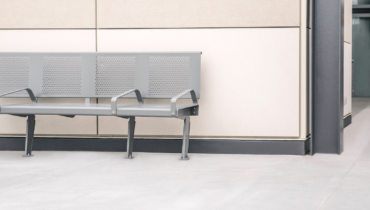Electro-coating - Canaan
Electro-coating is a coating method that the workpiece and the corresponding electrode are put into the water-soluble coating. The resin, pigment, and filler in the coating evenly precipitate and deposit on the surface of the workpiece and form a water-insoluble film under the influence of the physical and chemical action generated by the electric field, once the power supply is connected.
Electro-coating was invented in the late 1930s, but the development and industrial application of this technology were after 1963. Electro-coating is a special film-forming method that grew in recent 30 years, which has the characteristics of water solubility, nontoxicity, and easy automatic control.
The electro-coating process is generally composed of four main phases: pre-treatment, electro-coating, cleaning, and drying. Electrophoretic results vary due to the types of coatings and technologies applied. In general, you can expect the following characteristics.
- The quality of the films obtained from electro-coating is usually proportional to the period that the power is on, so the film deposition can be adjusted by adding or shortening the power connection.
- Electro-coating can form an evenly painted film on sharp edges, corners, gaps, and internal and external surfaces of the workpieces. Significantly improves its anti-corrosion performance.
- The moisture content of the electro-coating is very low before the drying phase. Its water-insoluble and non-flowing features prevent the film from defects such as vertical drops, flow marks, and stagnation marks.
- Because the electronegative polymer particles directionally deposit in response to the electric field, the electro-coating film possesses better water resistance and stronger adhesion than coatings processed by other methods.
- Electro-coating has low concentration and viscosity, so less paint is wasted in the impregnation process. The utilization of the paint reaches up to 100%.
- Similar to water-based paint, electro-coatings overcame the concerns of fire hazards and benzene poisoning.
Electrophoretic paint
Electrophoretic paint, a water-soluble paint that is known as the safest material in the coating industry, has no fire hazard, no flammable and explosive danger, and has little harm to the human body due to the application of water as the primary solvent and organic solvent as the assist.
Moreover, the electro-coating performs an excellent protection job on complex structured products, like their cracks and internal surfaces, with which the overall anti-corrosion effect improved significantly, and extended the product life circle to a large extent.
In addition, the effectiveness and efficiency of electro-coating, the fineness, leveling, and uniformity of the film guarantee the same coating thickness. It is suitable for mass production which makes the work easier and less time-consuming.





